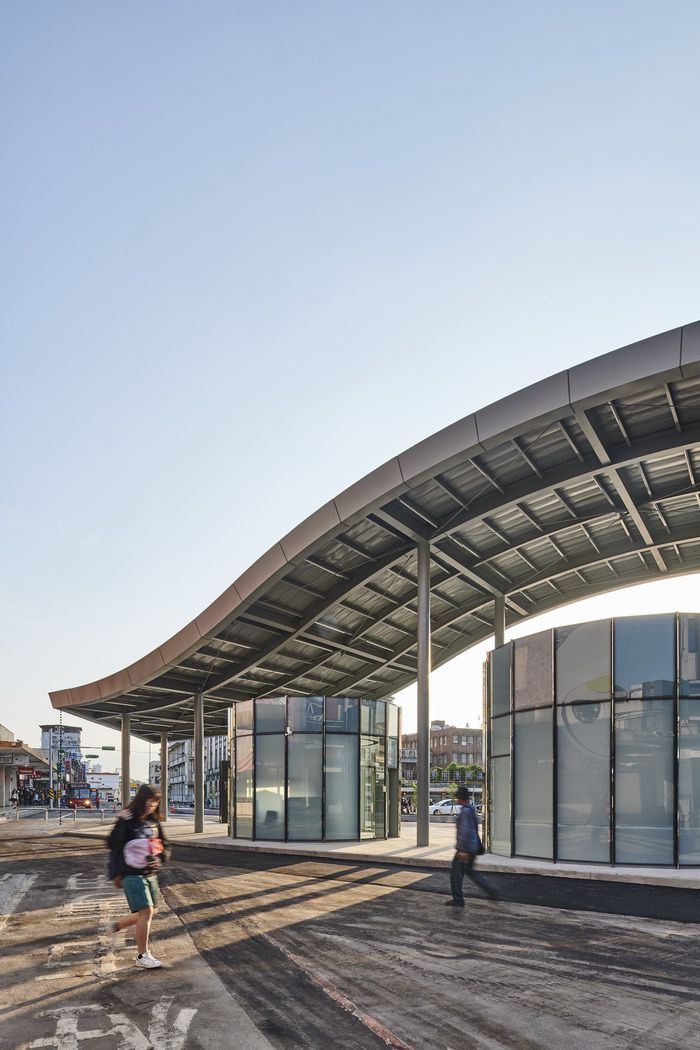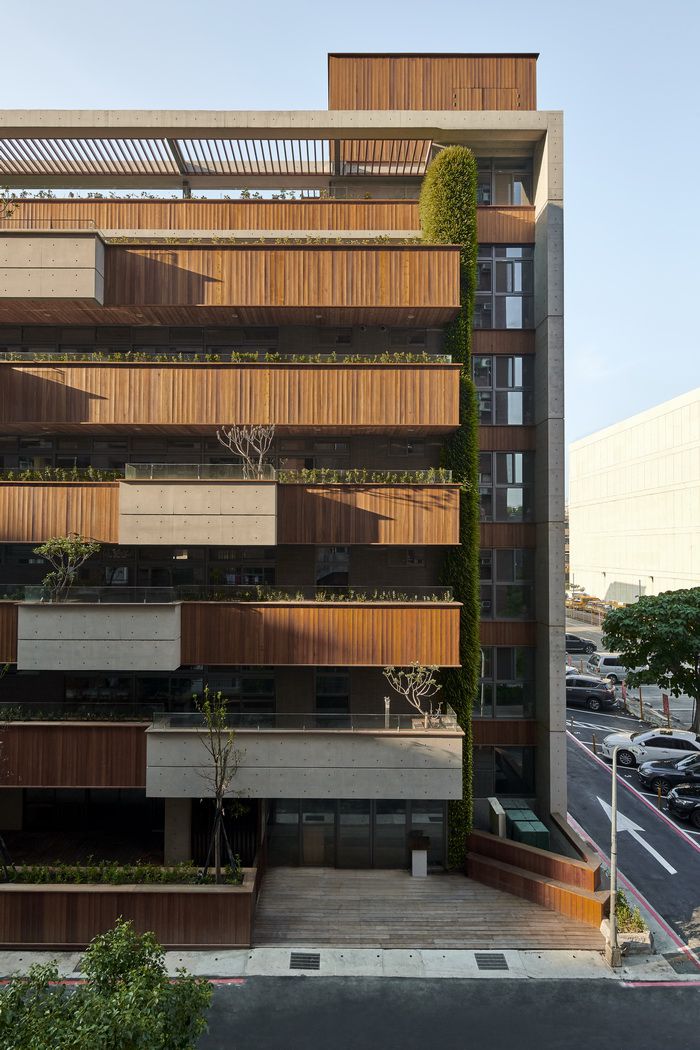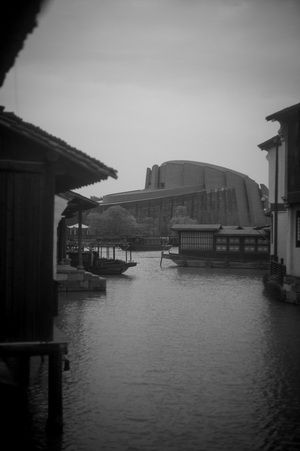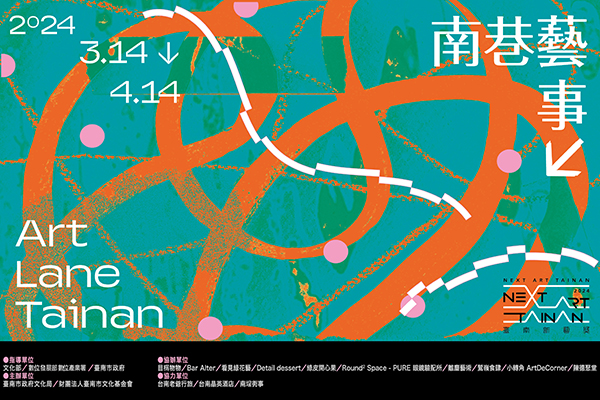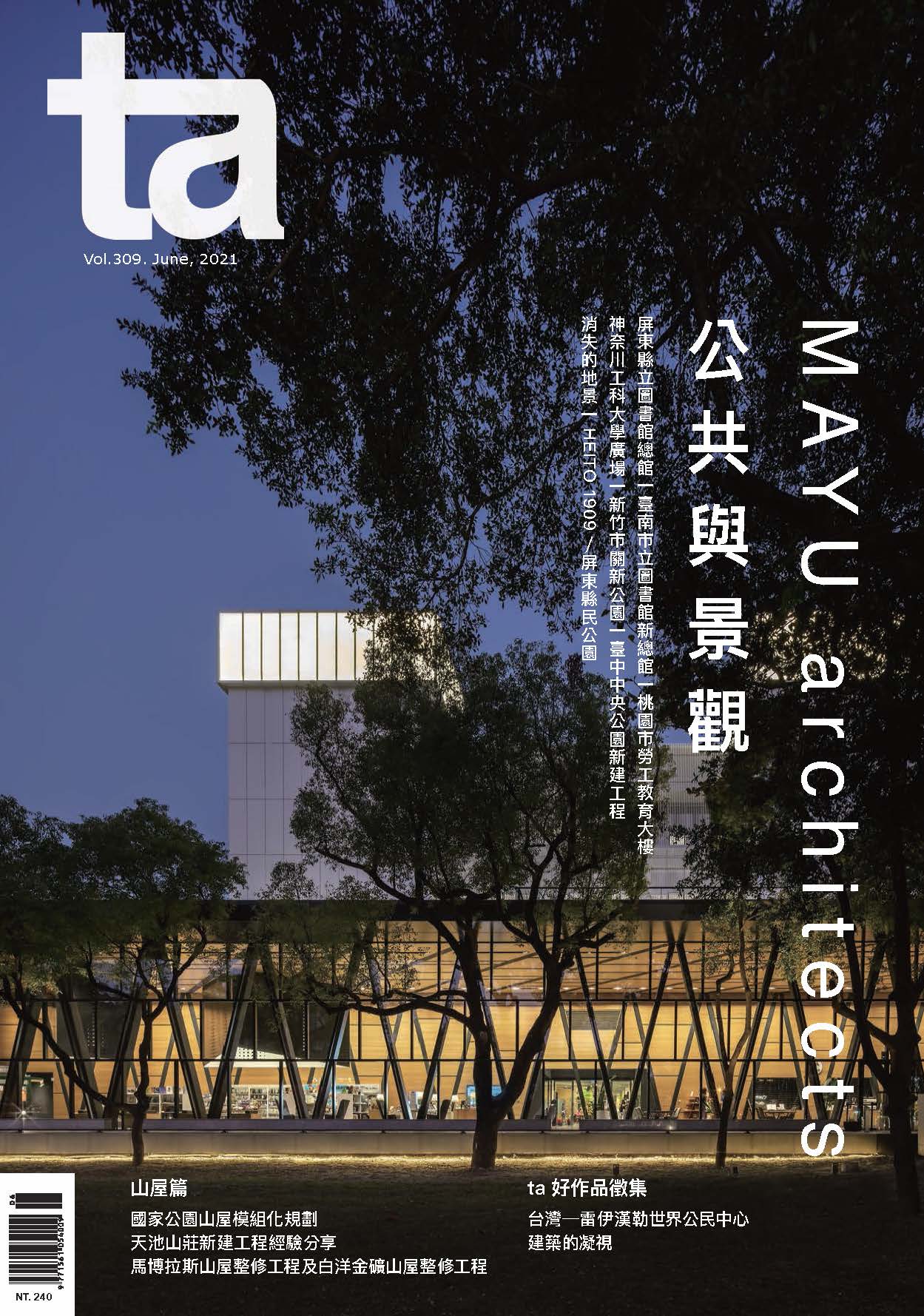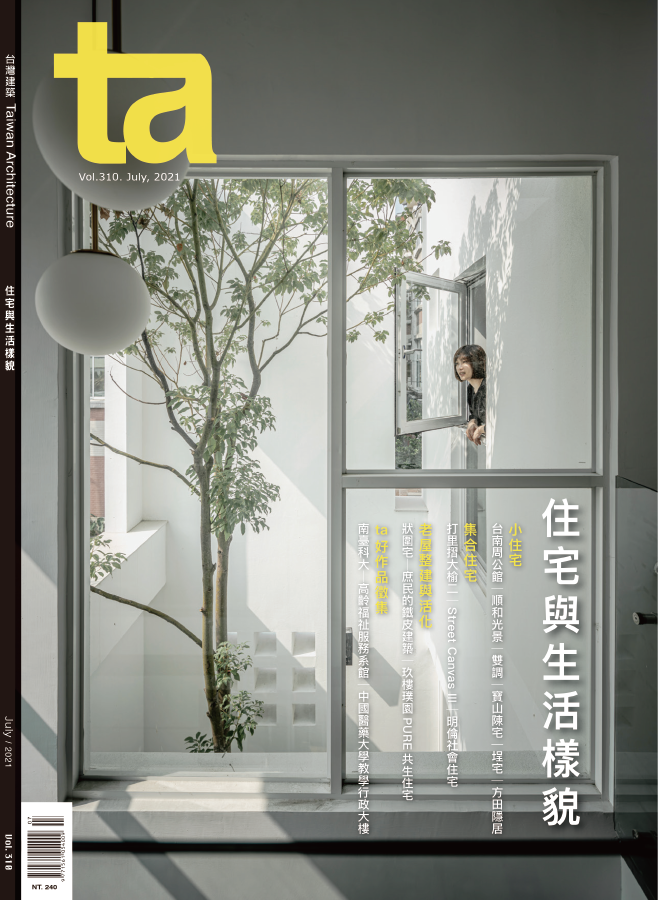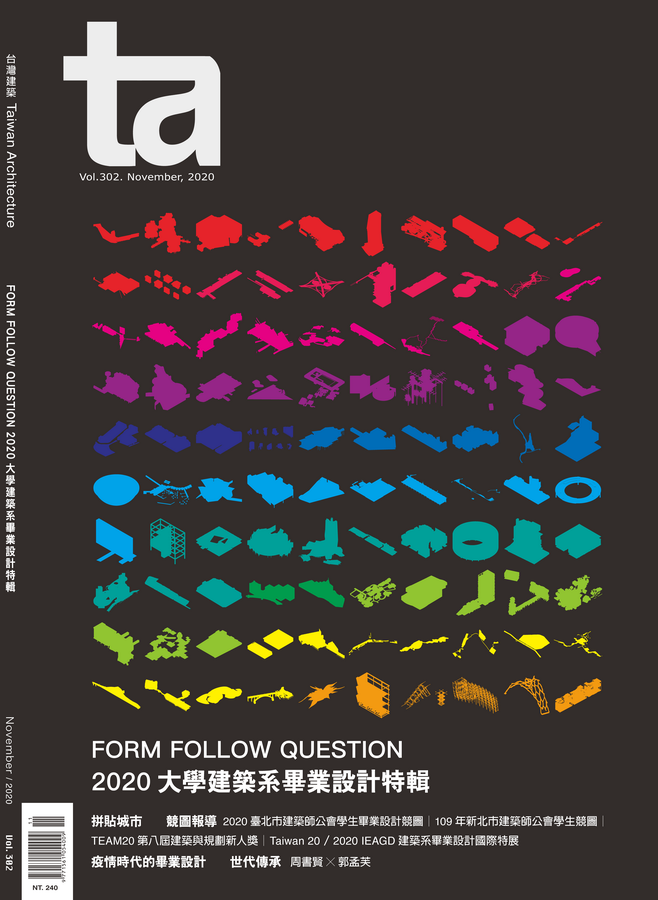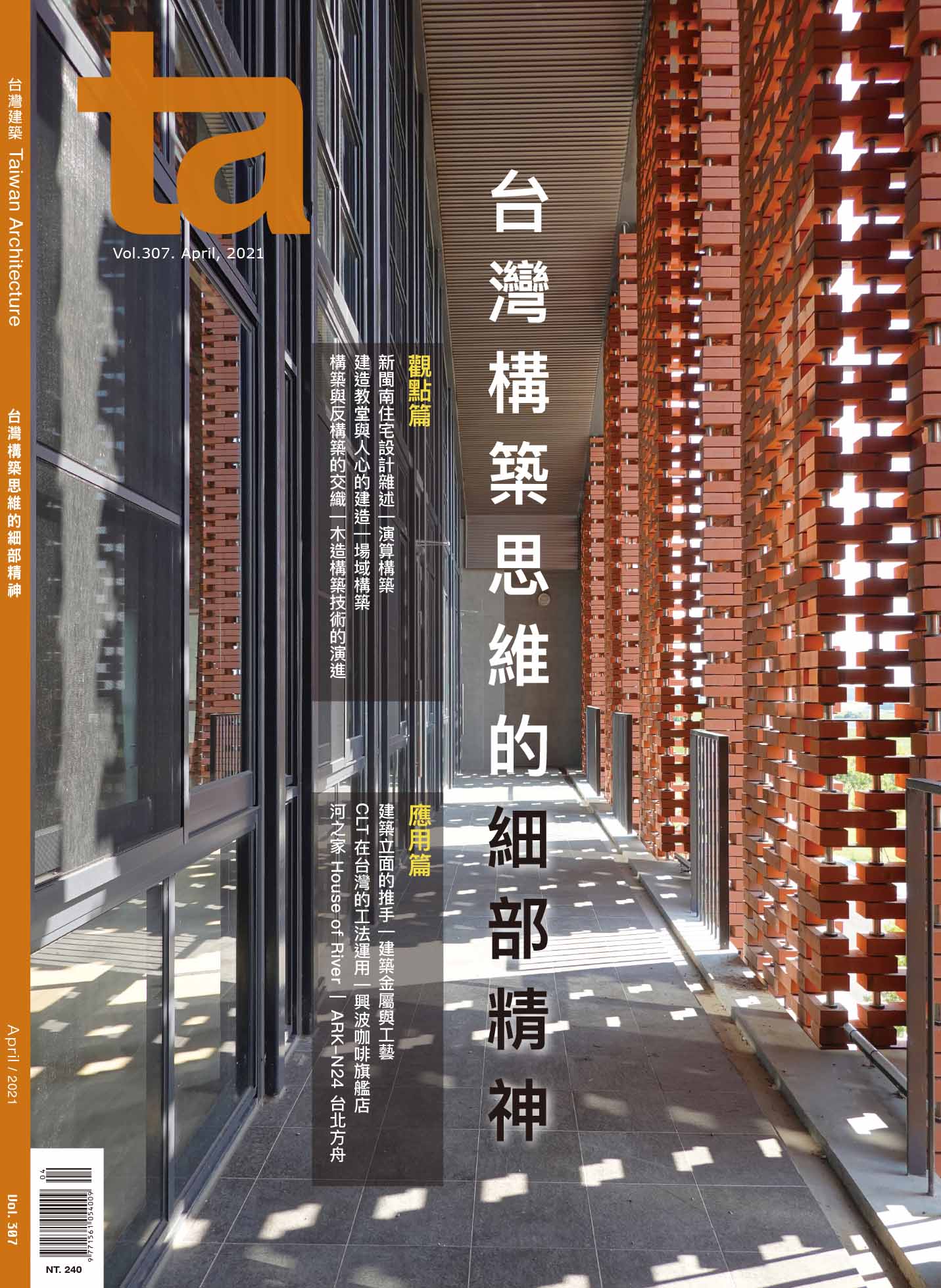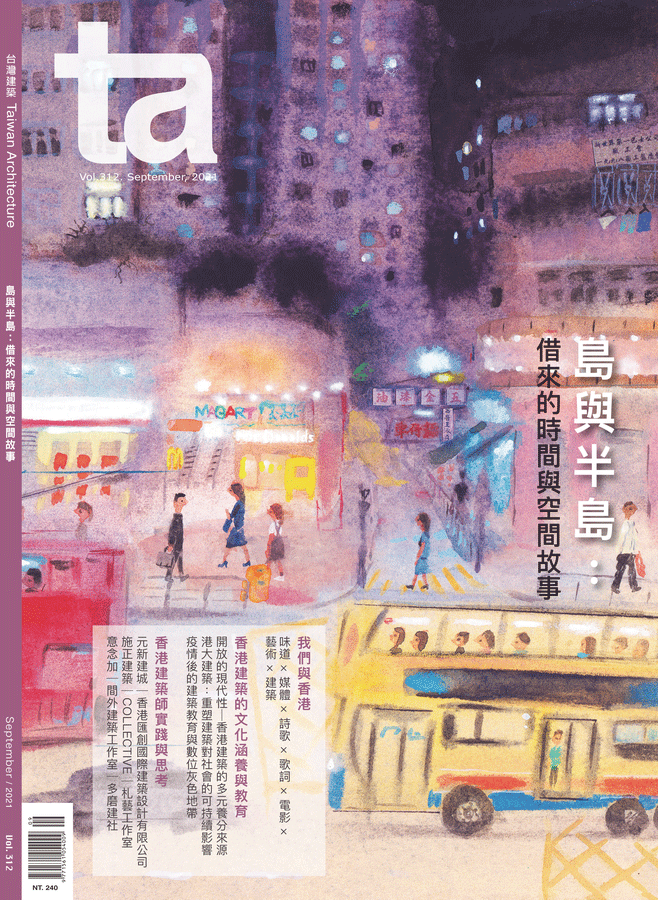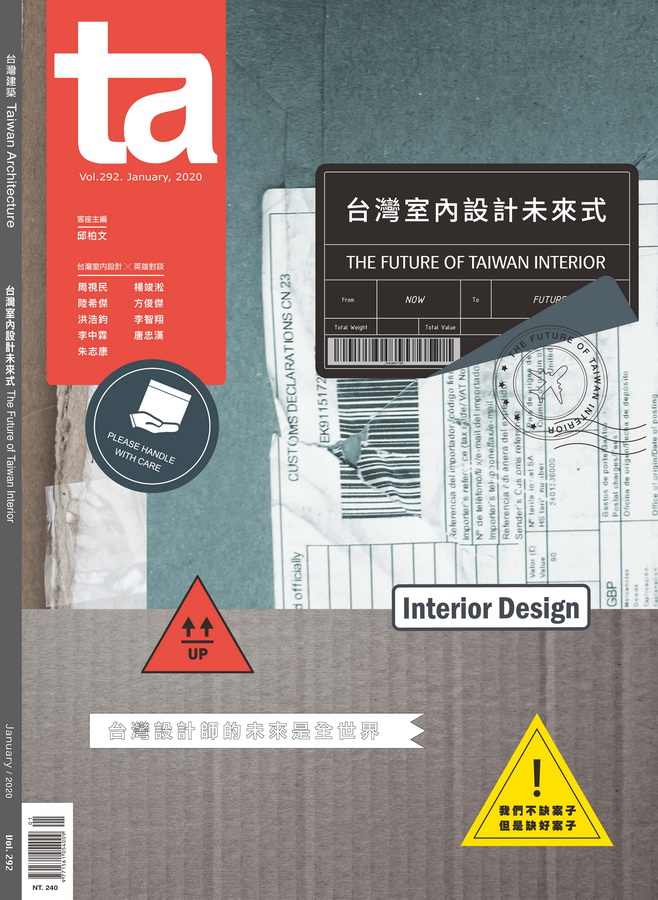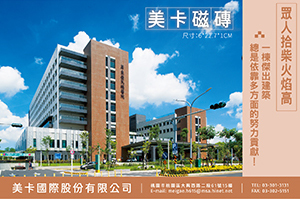微型圖書館Microlibraries
共好×設計 Design for the Common Good 台灣建築雜誌2022年6月 Vol.321
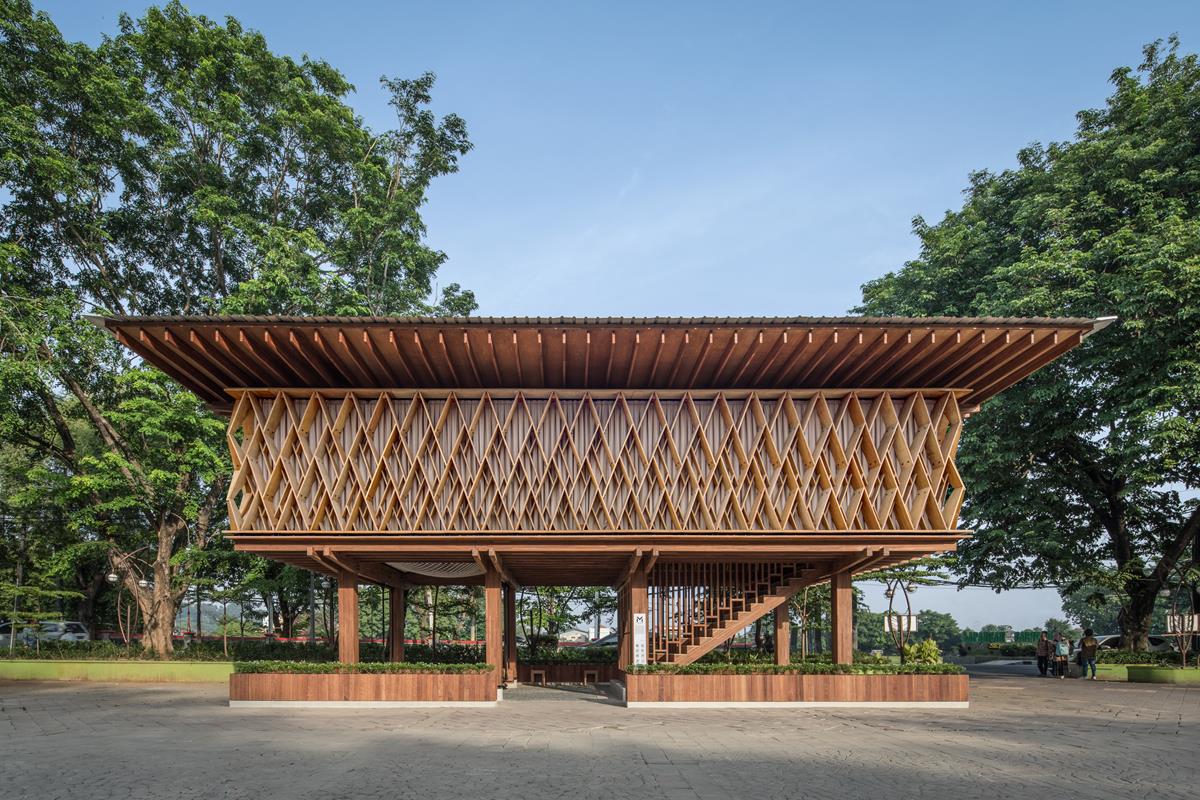
作品檔案2089
微型圖書館Microlibraries
團隊/Team:SHAU建築設計事務所/SHAU
網絡/ Network:環太平洋社區設計網絡/ Pacific Rim Community Design Network;
議題 Issue:永續/ Sustainability
編輯/Editing:Shannon Turlington;翻譯/Translation:陳盈棻/Ying-Fen Chen
營造每單一閱讀空間不超過一百平方米的小型社區圖書館群,是這個計畫的目標。這樣的限制使得計畫子項成果都有足夠的建築空間,但又不至於因為單一量體過大而提高財務困難。在降低營運成本之際,每個圖書館都依照被動式氣候策略(passive climate strategies)來進行設計,提供於日間不需要空調與照明設備的舒適空間。這些建築物並兼具社區中心的彈性使用功能,有趣的鞦韆、溜滑梯、吊床等設施融入設計中,以吸引孩童。建築物所使用的材料和造型,亦企圖促進社區的正向認同。
The aim of this project is to design and build small community libraries with a maximum of one hundred square meters of reading space. The libraries had to have the critical mass to have a presence as a building but not be so large as to extend the purpose, which would make financing more challenging. All libraries are designed with passive climatic strategies to reduce running costs while providing comfortable spaces without requiring air conditioning and electric lighting during the day. The buildings offer spaces for flexible usage as small community centers. Play features in the form of swings, slides, or a big hammock net are integrated into the design to attract children and enhance placemaking. The material and form of the buildings contribute to or even shape a positive identity for the location.
理念
由於閱讀習慣在印尼普遍低落,教育和提高識字率是這個計畫的主要目的。微型圖書館群意圖扭轉當地民眾「書本是無聊的」的觀念,以及「閱讀是一種形式的體罰」的普遍印象。除了圖書館的功能之外,建築物位居當地居民平常聚集地點,也有助於提升地方環境品質與效益,成為人們可以在此聚集、閱讀、喝咖啡與交談的非正式場所。
Cause
Reading interest in Indonesia is low. Education and literacy are the main targets of the project. The microlibraries are intended to counter the common public perception in Indonesia that books are boring or reading is a form of punishment. Apart from being libraries, the microlibraries are small neighborhood community centers situated at locations already frequented by locals to enhance the quality of the place and add value. They are designed to be places catering to informality where people actively go not only to read but also to gather, have a coffee, and mingle.
方法
每個子項計畫的啟動,都是經過長期的在地觀察以及和當地社區的討論成果。以比馬的微型圖書館為例,計畫初期,透過與之前推動流動圖書館的團隊交流後,我們得知主要的社區廣場,已經被社區聚會和孩童的足球活動佔據。因此,最後設計出來的微型圖書館,並沒有取代街角的運動或是廣場空間,反而是以架高的建築形式,空出地面的空間,並提供舒適的閱讀環境。
Method
Each project started with extensive on-site observation and discussion with the local community. In the case of Microlibrary Bima, there were extensive talks with the previously existing project, which provided books via reused hawker carts. It became clear that the square was already used for community gatherings as well as for children playing football. Hence, the design did not occupy the small street football corner nor touch the existing stage but hovered above to add value in the form of a roof and comfortable space.
影響
截至目前,本計畫已經完成5座微型圖書館,第6座則正在建造中。3個最成功的案例皆位於高密度、臨近貧民窟的萬隆和三寶瓏市區內。其中,比馬和瓦拉克.卡優(Warak Kayu)兩座微型圖書館有著強韌的社區管理機制,使活動組織、書籍採購、捐贈與建築物的維護評估,都能順利進行,並確保該建築維持它原本建造的目的。
Impact
Five microlibrary designs have been built, and the sixth is under construction. The three most successful are situated in dense urban locations either inside or adjacent to kampungs—often slumlike urban villages—in the cities of Bandung and Semarang. Both Microlibrary Bima and Warak Kayu have a strong organizational model where monitoring from an umbrella organization happens. That makes the organization of activities, acquisition of books, book donations, and maintenance assessment of the building run more smoothly and ensures that the original purpose of the building remains the same.
提示
這個計畫提供了幾個提示:首先,由於當地政府經常缺乏長期營運和維持此類計畫的財務收入與組織能力,因此企業社會責任(CSR)的經費支援成了較好的模式,而地方領袖的支持,在選址與經費的獲得上也相當重要。此外,在計畫初期尋得並評估可合作的對象,更是計畫成功的要素。近期落成的瓦拉克.卡優微型圖書館是印尼第一個獲得森林管理委員會(Forest Stewardship Council, FSC)認證的建築物,透過工程紀錄,這個案例提供了一個木構工法學習的範本。
Takeaways
Several takeaways have emerged from this project. Corporate Social Responsibility (CSR) funding is a better model than government funding. The government often does not have the financial means or organizational capacity to sustain running costs and maintenance. The support of local leaders is important in locating sites and securing funding. Finding and evaluating collaborators early in the process is also essential. The latest microlibrary, Warak Kayu, received Indonesia’s first project-based Forest Stewardship Council (FSC) certificate. Via project documentation, it can serve as an example for learning about timber construction.
(完整作品內容請參考《台灣建築》2022年6月號,Vol.321)

